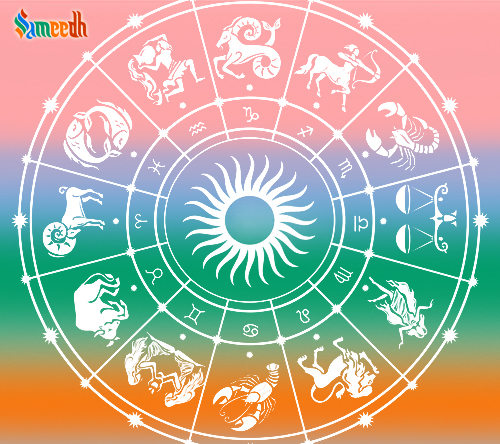Linga, or Lingam, is a symbolic representation of Lord Shiv in Hinduism. The term “Linga” means a symbol or a sign, and the Linga is considered a powerful and sacred emblem of the formless and infinite aspect of Shiv.

The Linga represents the cosmic principles of creation and destruction and is a focal point for worship in many Shiva temples. Here are some aspects related to the association of Linga with Lord Shiv:
- Symbol of the Formless Brahman: The Linga is often considered a symbol of the formless and infinite Brahman, the ultimate reality in Hindu philosophy. It represents the transcendental aspect of God that goes beyond attributes and form.
- Representation of Shiv’s Energy: The cylindrical shape of the Linga is said to represent the cosmic pillar, which is considered a form of Shiva’s energy or Shakti. The base of the Linga is often associated with Lord Brahma, the middle part with Lord Vishnu, and the top part with Lord Shiv.
- Cosmic Axis and Creation: The Linga is sometimes seen as the cosmic axis or the axis mundi, connecting the three realms—Bhuloka (earth), Antariksha-loka (space), and Swargaloka (heaven). It symbolizes the process of creation, preservation, and dissolution in the universe.
- Shiv Linga Worship (Linga Puja): Devotees perform rituals and offer prayers to the Shiv Linga as a way to connect with the divine. The Linga Puja involves bathing the Linga with water, milk, honey, yogurt, and other sacred substances. Devotees also offer flowers, fruits, and bilva leaves to seek the blessings of Lord Shiv.
- Ardhanarishvara Representation: In some cases, the Linga is part of the Ardhanarishvara form, where one half represents Shiva and the other half represents his consort Parvati. This symbolizes the union of masculine and feminine energies, emphasizing the concept of Shiva as both male and female.
- Jyotirlingas: Jyotirlingas are special shrines dedicated to Lord Shiv, and each is considered a manifestation of his divine light. There are twelve prominent Jyotirlingas in different parts of India, and pilgrims often visit these sites to seek spiritual blessings.
It’s important to note that the symbolism and interpretation of the Linga may vary among different sects and regions within Hinduism. The worship of the Linga is deeply rooted in the traditions and rituals associated with Lord Shiv, and it is considered a potent means of connecting with the divine energy.
